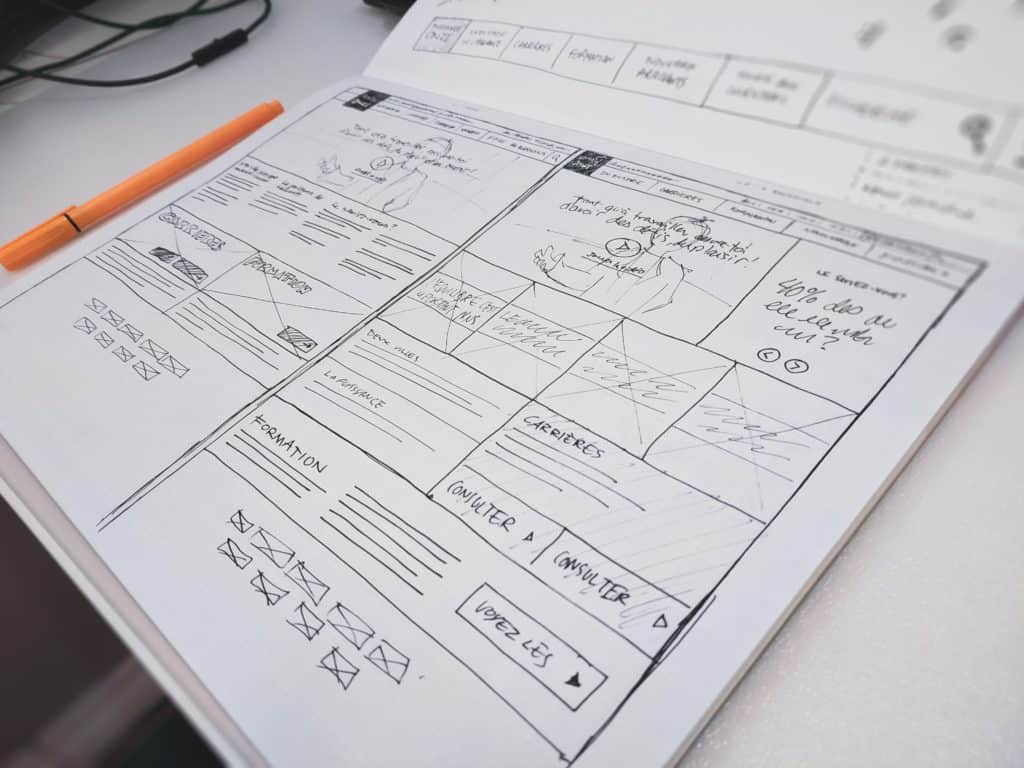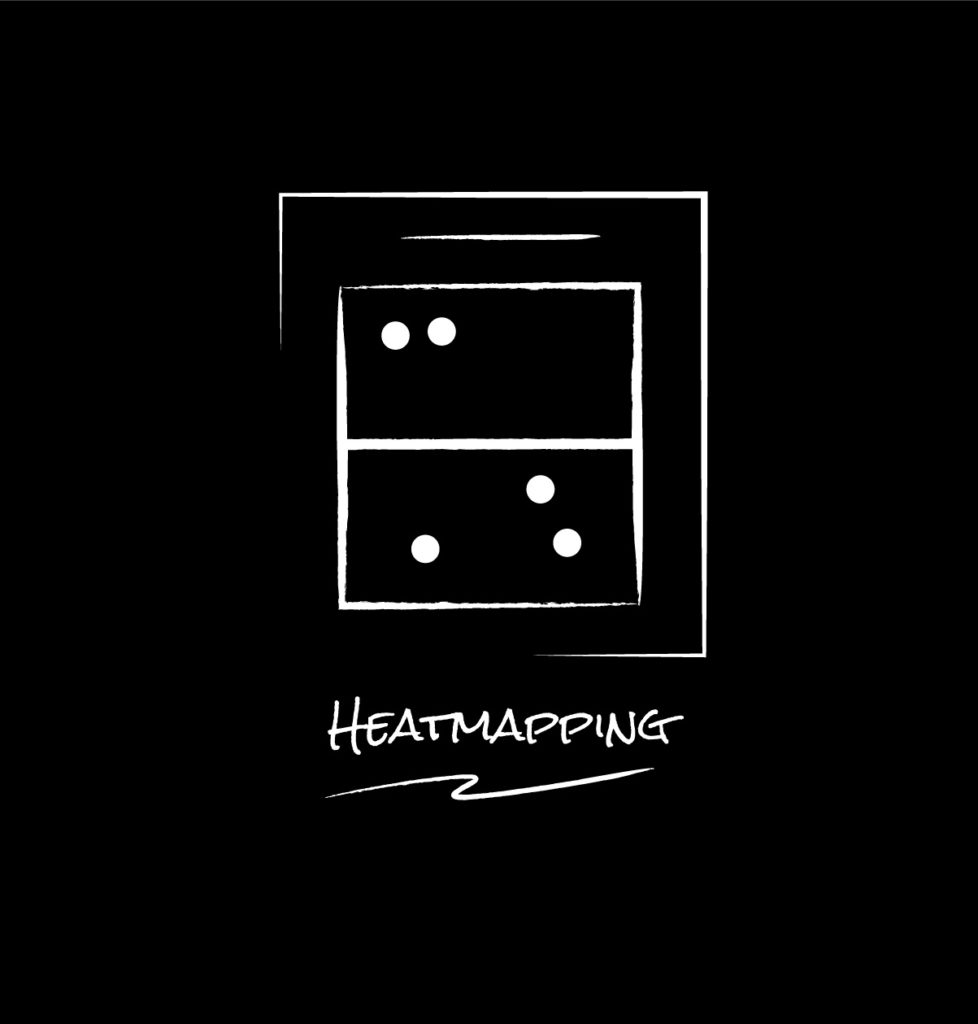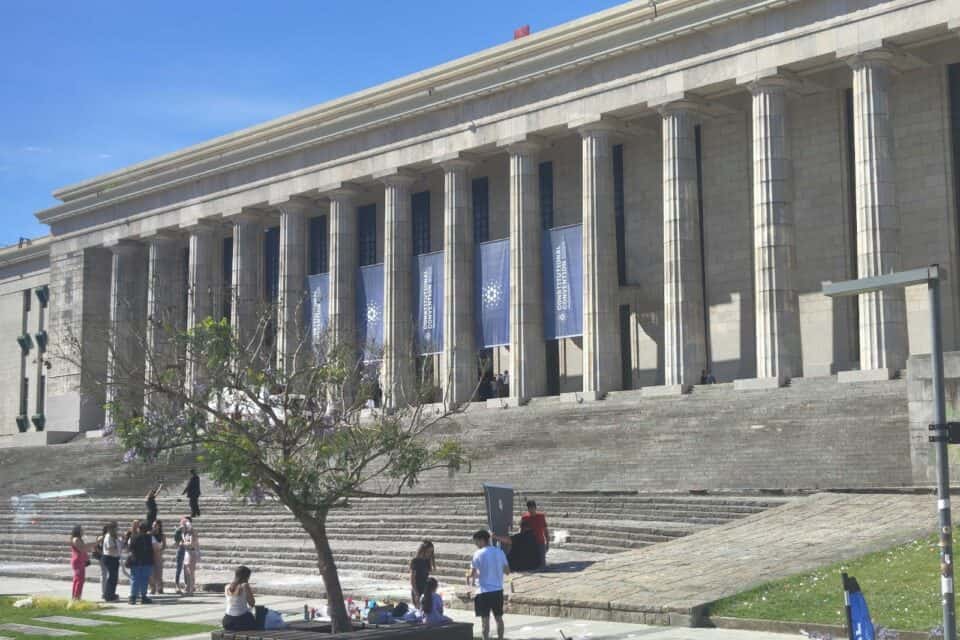How we helped Open Assembly co-create a vision with leaders of the Open Assembly community and ran a large virtual summit.
Open Assembly hosts conversations and connections between organizations and people that want to adapt to the changing virtual landscape and thrive using evolving digital tools. The company focuses on community and knowledge sharing that helps culture and business transition to the future of work.
The team at Open Assembly wanted to refine their vision of open talent standards and certification entity in collaboration with the open talent community.
“During COVID we were meeting as a group and there was a lot of good energy around what to do to reduce friction and accelerate adoption in the open talent industry. We were doing a lot of talking, and someone proposed that we should run a design sprint so we could put our community into action.” —Catherine McGowin, Managing Director, Open Assembly
Voltage Control facilitators Douglas Ferguson and John Fitch custom-designed and facilitated a series of workshops, including a three-day Design Sprint to help Open Assembly and 20 leaders from its community engage with one another and build consensus around actionable next steps.
“Open Assembly had a dream that they might be the right organization to provide solutions to these needs, but they wanted to hear from the community how they thought such a group should be structured and if they would be a good fit to lead it. They also wanted to make sure they fully understood the needs of the community. Not only did they agree that Open Assembly should lead this instead of bothering with organization structure, but the community insisted on focusing on a manifesto and identifying workstreams for getting started.” —Douglas Ferguson, Facilitator, Voltage Control
The Discovery
For the first workshop in the series, facilitator John Fitch led an ideation session during Open Assembly’s weekly community meeting to collect ideas and concerns from the broader group. The generated information was integrated into the following Design Sprint.

The Design Sprint
Day 1: Alignment
The Design Sprint started with mapping the problem space. We started by imagining our end result and risks along the way. Then, we worked backward to figure out the steps we needed to get there. At the end of the first day, we had an identified goal as well as a list of questions the group needed to answer during the sprint.

Identified goal: We are uncovering better ways to engage global talent by helping others do it. We seek to reduce the friction that interferes with the adoption of new work paradigms. While we realize talent supply is equally or even more important than demand, we recognize a need to stimulate more demand first to initiate the flywheel of opportunity.
Questions:
- How do we address too many different delivery models to align on a single set of standards?
- How do we overcome large organization inertia and bureaucracy?
- What does the group see as the key barriers to adoption that we can collectively address?
The group then engaged in “Expert Interviews,” where they asked the experts within the core team a series of questions to better understand the problem and potential solutions. Next, the team participated in an activity called “How Might We…” The purpose of this exercise was to encourage the group to get curious and interview a few experts in order to explore possible solutions to their challenge by thinking big rather than getting mired by the painful details of taking a full solution to market. They considered and answered the following prompt:
As allies who believe in the virtues and support the adoption of open talent and innovation models, we believe that we can make more meaningful progress together than apart. How might we come together and organize the open talent marketplace, overcome our most critical challenges, and reduce friction that interferes with the adoption of this new paradigm for work?
Day 2: Solution Sketches
On the second day, the group did lightning demos of their ideas. The team located and shared analogous inspiration. These demos included competitors, adjacent services, intuitive interfaces, inspiring branding, and compelling content.
Key takeaways from the demos:
- Ubiquity and ease of use
- Establishing credibility and trust
- Models for standards and maturity

Each person then participated in a four-step sketch. Anyone can sketch. Most solution sketches are just rectangles and words. This process enabled everyone on the team to become a designer.
The team started by writing down the goal and questions on their paper. Then, they copied their favorite How Might We’s and lightning demos onto their notes. This moment of collection and reflection grounded the team and focused energy while allowing each participant time to process all we had done so far.
Next, the team transitioned from observing and collecting to reacting and generating. They rapidly documented all ideas they had as they reviewed their notes.
Everyone silently responded to prompts to unlock thinking in new ways in an activity called 10×10 Writing. This helped the group to loosen up before committing ideas to paper.

The team spent the rest of the day sketching one or two solutions that they felt held the most promise. Although they were together in the same room, they worked alone. Instead of a group brainstorm, we gave each person time to develop solutions on their own.
Day 3: Decide
The third and final day of the Design Sprint was centered around deciding on the best-generated idea to move forward with. The team used small dots to identify parts of the sketches they liked. Then, we led the team through each of the sketches posted on the wall and called out key ideas.

Using a technique called Heat Mapping, members of the team worked their way around the room placing smaller dots to create a heat map of things that stood out as ideas with high potential.


The group went through a speed critique and straw poll voting to further narrow down the top ideas. John Winsor, Founder and CEO of Open Assembly, also the project “decider,” used three super vote dots to select the winning solutions. We then combined each of these sketches into a single solution for prototyping.

Finally we ended with participants discussing needs, prioritizing, and then committing to next steps.

The Outcome
The Open Assembly team walked away with a working manifesto. They also gained several insights from the Design Sprint:
- There is already lots of alignment. While there was nuance, everyone was in agreement.
- Consistent desire to focus on demand and removing barriers, but not to the detriment of the supplier experience.
- Strong desire to get to specific key barriers that need to be addressed and how the group can address them collectively.
- Everyone appreciates the work that Open Assembly is doing and has no issue committing to come to the table and support what we are building.
Top priorities the team identified to move forward with:
- Release draft manifesto into the wild (beta release)
- Organize work groups
- Summarize outcome of the three days; secure feedback from the crowd/collective on the manifesto
- Operating model—roles, processes/governance, success measures, tools
- Create a dream list of all (individuals or businesses) who should be involved
John Winsor, Founder and CEO of Open Assembly, said their next steps after the Design Sprint were to “begin work on building a trade association focused on setting standards for the industry. The group wanted to see a group formed that could establish standards for the industry around the accreditation of platforms and education of the demand side organizations. The group also expressed the need for greater advocacy and promotion.”
Open Assembly tested their manifesto prototype with the community in the weeks following the Design Sprint.
Since the Design Sprint, Open Assembly has created a 501c6 non-profit trade organization called the Center for the Transformation of Work (CTW).
The Summit
Several months later, Open Assembly engaged with Voltage Control to design and integrate a collaborative exercise into Open Assembly’s Global Summit, a virtual, 2-day community event with over 160 attendees. Voltage Control designed a custom canvas, conducted live scribing during the event, and hosted a final happy hour to engage attendees in conversations about the event content and the mission.

Open Assembly gained the support of the community as well acquired new tools to integrate into their business moving forward.
“We have started using Mural in other instances and decided to incorporate the powerful tool and Voltage Control into our first annual global summit event. It was a great interactive experience for all of the attendees. ” —Catherine McGowin, Managing Director, Open Assembly
Do you have an innovation you want to implement, a company problem you need to solve, or a meeting structure that needs improvement?
Voltage Control facilitates events of all kinds, including design thinking workshops, innovation sessions, and Design Sprints. Please reach out to us at hello@voltagecontrol.com if you want to talk or for a consultation.


